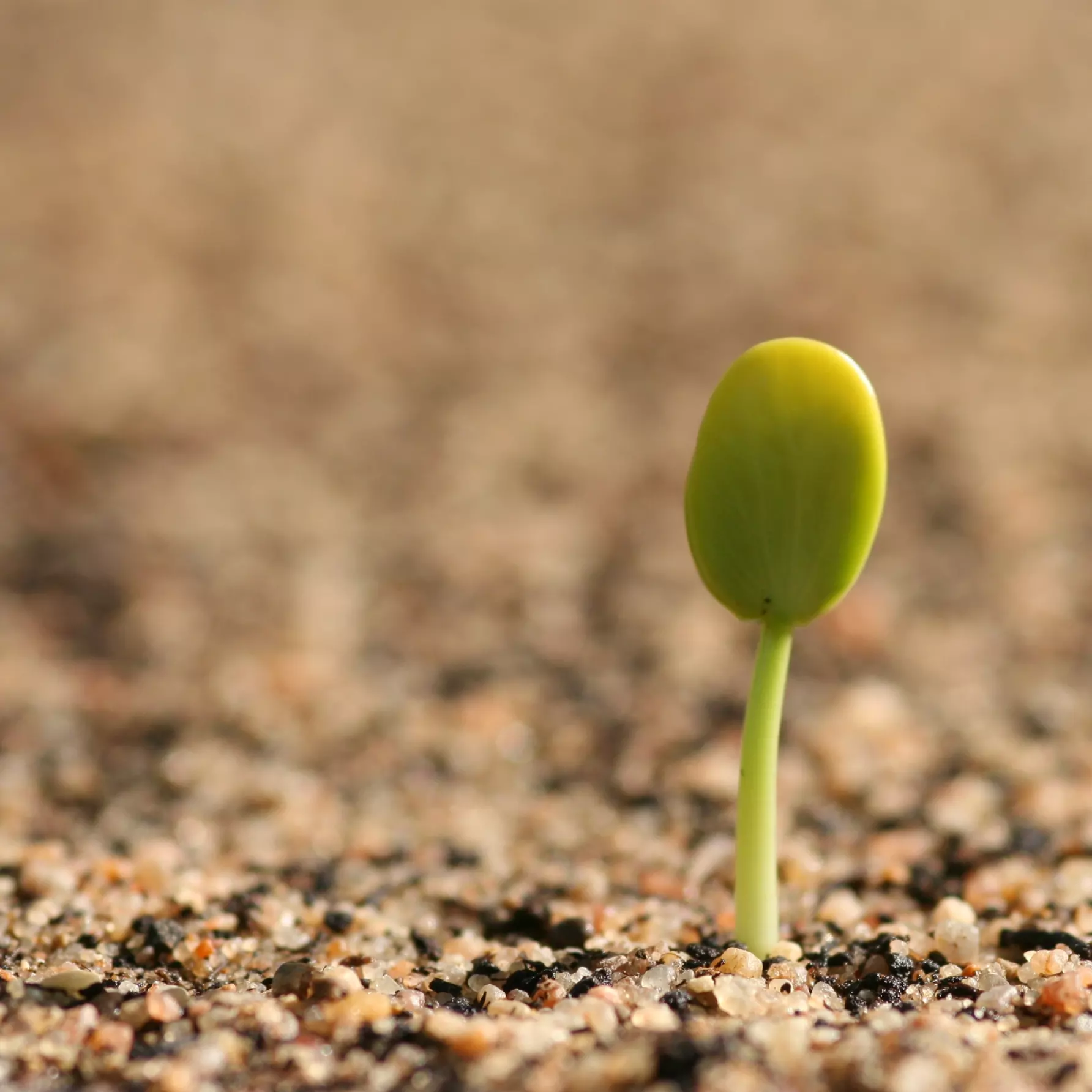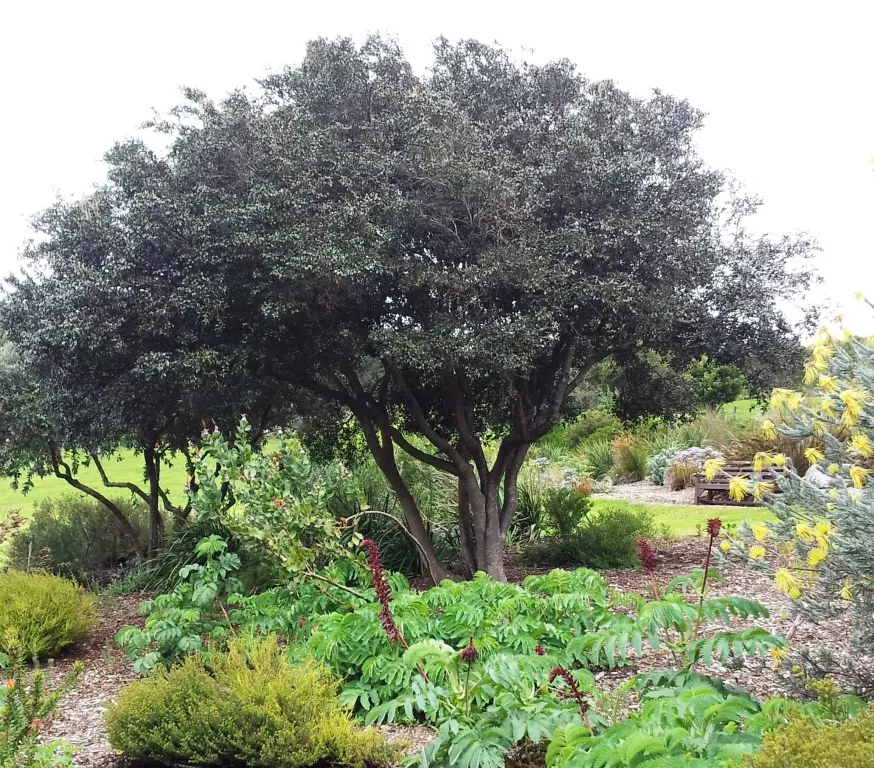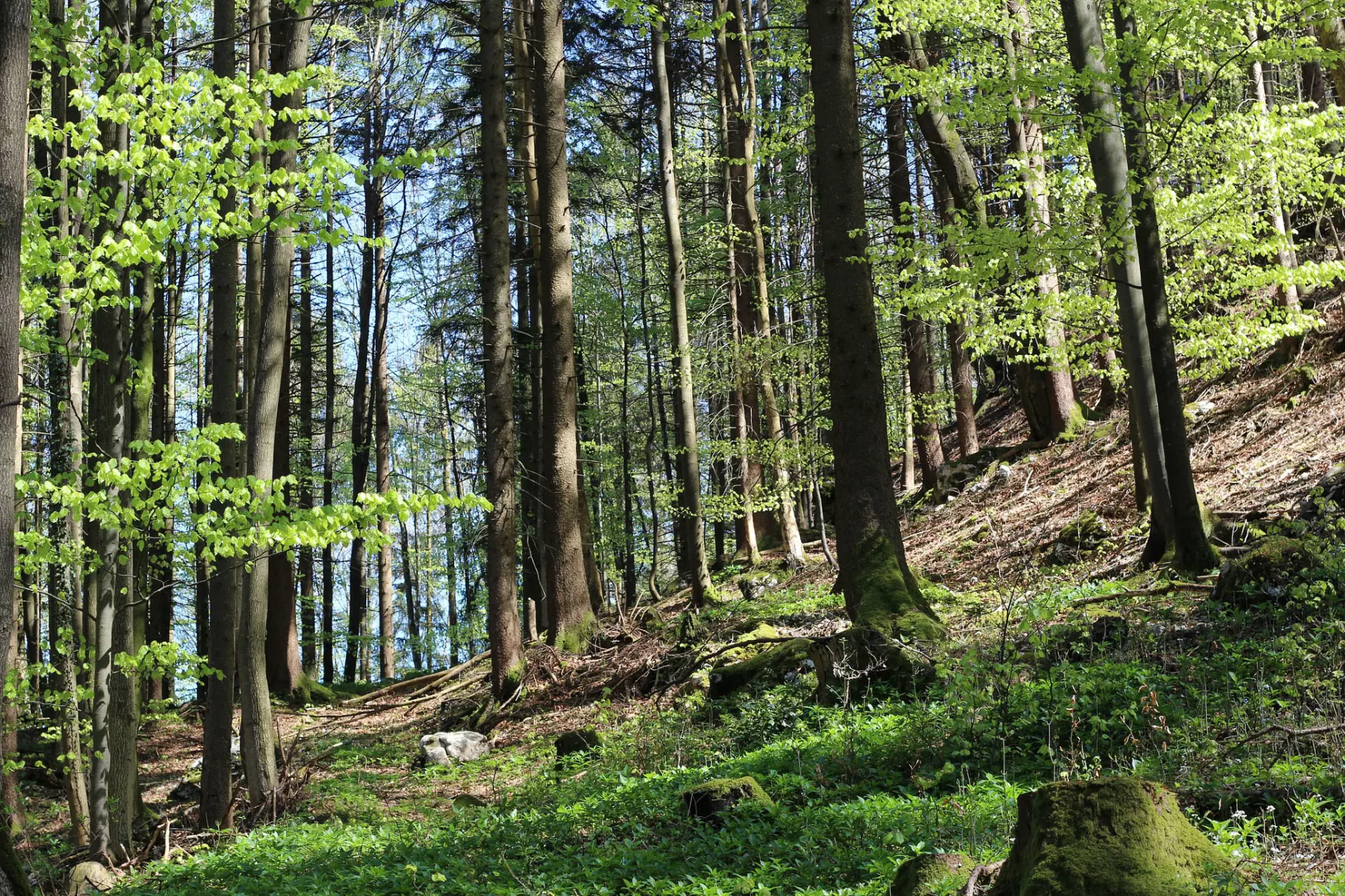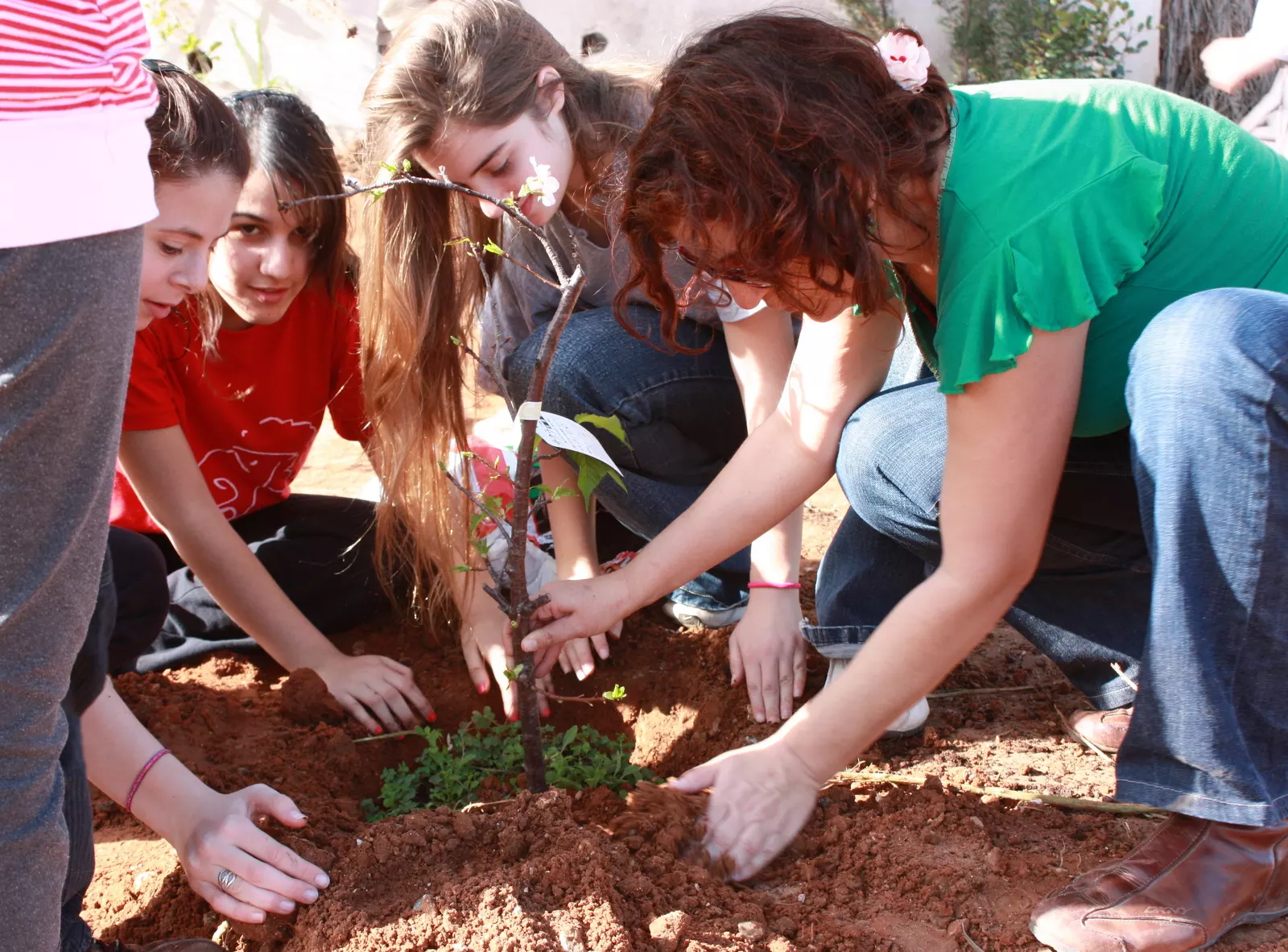Planting trees for the Earth

Campaigners want us to plant 7.8 billion trees to combat climate change. But what then?
Published 21 April 2016
Tree-planting campaigns generally bring to mind open fields and children in school uniforms jabbing saplings into two inches of dirt. But in an ambitious plan, the Earth Day Network wants us to plant 7.8 billion trees by 2020.
The theme for this year’s Earth Day, on 22 April, is ‘trees for the earth’, and this target has been set for the campaign’s 50th anniversary. Although more trees are undoubtedly a good thing, there are a lot of factors at play when it comes to planting in a way that will yield long-term benefits.
Associate Professor Patrick Baker and Professor Rodney Keenan, both researchers from the University of Melbourne’s School of Ecosystem and Forest Sciences, commend the idea of tree planting, but say there is a lot more to this process than simply getting seedlings into the ground.

What should we be planting?
There isn’t a ‘right’ or easy answer to what type of trees we should be planting, but Associate Professor Baker says variety is the key.
“I’m a big fan of mixed species plantings, where you have two or three or five or ten different species and you put them together and get more heterogeneity in terms of the vegetation,” Associate Professor Baker says.
“The problem with doing that is you need to know how the different species are going to grow, and how they’re going to interact with each other. And we don’t always know that.”
Professor Keenan stresses the importance of managing whichever trees are planted.
“It’s actually very easy to plant trees,” he says. “It’s much harder to ensure that trees stay there for the long term and that they continue to provide the benefits.”
And while some trees grow fast and tall, and are pleasing to look at, these aren’t necessarily the trees locking up the most carbon.
“The two things that matter in terms of carbon sequestration are how big a tree gets and how dense the wood is,” Associate Professor Baker says.
“Trees that have denser wood, such as Ebony as opposed to something light like Balsa, are typically much slower growing, it takes them longer to pack on all that carbon. The other part of that is that tree species with denser wood tend to live longer, so that means the carbon is tied up for a longer period of time.”

Where should we be planting?
Many landscapes will benefit from the presence of more trees, but we need to consider their purpose and their use, says Professor Keenan.
“We need to think about a more integrated approach, where we look at things on a landscape scale and integrate different uses in that landscape,” he says.
This landscape approach accounts for these new forests but also our existing forests and those now being cultivated.
“There’s no point in regenerating and putting trees back in one part of the landscape if you’re still losing trees permanently from other parts,” Professor Keenan says. “We need to continue to focus on reducing forest loss, as well as establishing new areas of forest.”
These new areas of forest are also likely to serve as sources of wood and wood products, and many trees being planted will in turn be harvested.
“We create new forests. The cutting down of those trees is part of that process,” says Associate Professor Baker, who has been involved in the successful reforestation of abandoned agricultural land on the Big Island of Hawaii.
“And part of the way we manage the forests is to replant or reseed those sites.”
It is also important to plant trees in cities, says Professor Keenan, citing research that shows people living around urban parks are healthier, wealthier, and better educated.
“We not only need to improve the forest cover out in the rural and wild land landscapes, we need to be increasing tree cover in and around our cities,” he says.

When should we be planting?
Right now – but we should be planning for the future. Cultivating and managing forests is a very long-term process but, according to Associate Professor Baker, we have an opportunity to shape how these future forests will look and work by making strategic decisions now.
“We have a landscape that is heavily impacted by historical factors, both human and natural disturbances,” Associate Professor Baker says.
45,000 hectares of mountain and alpine ash forest, which provide habitat for the endangered Leadbeater’s possum and other endemic fauna, were burned in the 2009 Victorian bushfires. This area is now regenerating with largely the same group of species growing at the same rate across the whole region.
This is similar to what might happen with a mass planting of trees, and Associate Professor Baker says this is problematic for other species.
“If you’re an animal or plant that doesn’t do well in that habitat, then all that landscape is suddenly inaccessible to you,” he says.
The acceleration in the loss of big, mature trees over recent decades will impact on the many species that depend on these trees for their habitat, like the threatened Leadbeater’s possum, a focus of Associate Professor Baker’s research
He says that careful management now can help to diversify forests. For example, allowing greater spacing between regenerating trees lets them grow much faster, therefore establishing large trees in the landscape faster.
“We should be thinking about what we can do now to change the trajectory of these forests,” Associate Professor Baker says.
“It’s a bit like building a major bridge or freeway, or designing a new city,” says Professor Keenan.
“The imprint you put in place will last for a long time, so you need to ensure it has widespread support and that under a changing climate you have flexibility and diversity built into the system.
“Just doing one thing in one place with just one species opens you up to risks under a rapidly changing environment.”

Why are we planting?
For all these reasons, and more.
“We don’t just manage our forests for carbon,” Associate Professor Baker says. “We might manage for habitat, or water resources, or recreational values, or timber, or all of the above.”
Professor Keenan also wants us to consider all of the benefits trees can provide.
“We know that forests provide functions and services that are vital for human life. We know that they can contribute to climate objectives by sequestering carbon, and we know that by managing and using forests more sustainably, we can actually reduce our greenhouse footprint by replacing energy that’s generated using fossil fuels with energy generated from wood,” he says.
And planting trees to grow forests could serve an even higher purpose, bringing communities together to ensure their longevity.
“Forests have too often been a landscape for conflict,” says Professor Keenan.
“Perhaps in the future, forests can become landscapes of reconciliation, places where people come together and try to build a common understanding and a share sense of direction in what we want in the future.”
Banner image: Pixabay

